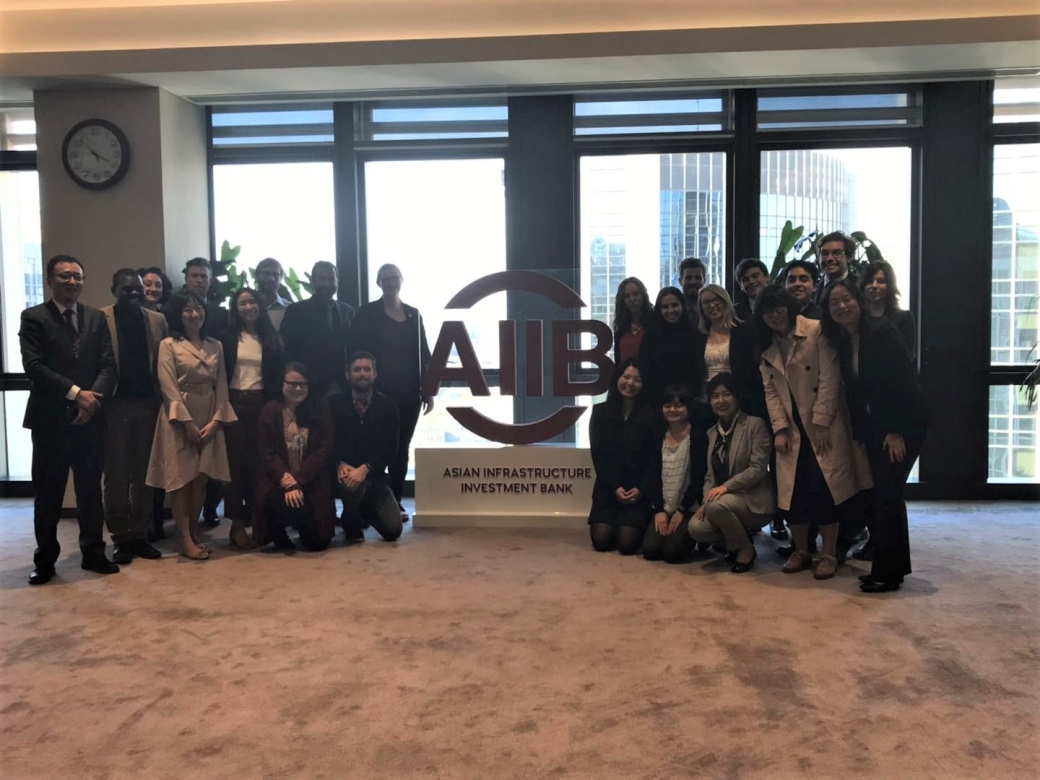Rediscovering Asia (The East Asia Practicum)

Emily Laur describes the process of conducting research in a foreign country, breaks down the cultural differences between China and Japan, and defines what it is like to be in China on a traveler’s visa as someone who was adopted from the country at a young age.
What has always struck me about immersive experiences through MIIS, is the depth of the experiences that we are able to have that go beyond normal cultural and tourist activities.
This wasn’t the first time Emily traveled in Asia, nor was it the first time that she traveled to Japan or China. She had participated in the Understanding China Dream Practicum last summer. The East Asia Practicum is a chance for students to not only immerse themselves in the culture of Japan and China, but give students the opportunity to conduct research on topics of interest. This immersive learning experience is tied to a semester-long seminar, Foreign Policy, Trade, Security in East Asia. Laur said, “as a student, the experience made me feel extremely lucky because we were given such a privileged position to ask and have our questions answered by real policy experts in their fields.”
The Tokyo experience was equal parts cultural and research-oriented. The first official day was spent visiting Yasukuni Shrine and the Yushukan Museum. This was her second visit to both sites, but it felt like nothing had changed since 2016, when she had last been there. Yasukuni Shine is one of the more controversial sightseeing spots in Japan. This is because the site enshrines several Japanese war criminals. As a Shinto Shrine, Yasukuni does not separate the war criminals from others being honored at the site. As a result, the Shrine causes tensions between Japan and its neighbors if political figures openly visit the Shrine. Yushukan Museum is another popular stop for academic pilgrimages because it offers a strong Japanese interpretation of history which, in some cases, tends to gloss over controversial issues like Japan’s occupation of Korea and the Rape of Nanking. This time, Emily noticed the museum no longer allows pictures of the exhibits which she found to be fascinating. People often explain how Yasukuni represents a “painful history” of that Yasukuni is “something academics must face when studying the regional relationships between China, Japan, and Korea.”
As a Chinese adoptee, I feel far removed from the subject, but at the same time feel as though it’s my responsibility to understand because this period in time helped to define who I am today, and no matter how far removed I get, it’s still an important part of my identity.
Emily’s research topic centered on the Asian Infrastructure Investment Bank (AIIB) and its capacity and willingness to champion the institution’s core values of lean, clean and green. The field research component in Japan was an integral part of her qualitative methodology because it allowed her to test the efficiency of the policy images put forth by the Bank. There was a stark difference between how Japanese and Chinese speakers answered questions about the bank. Japanese speakers were much more diplomatic, yielding answers like: “we don’t know for sure because bank operations happen on a case by case basis;” or “we have had concerns, but in general we think the bank offers something positive to development in the region.”
As the trip progressed, Emily felt herself grow as a researcher because she was challenged to weave her own questions about AIIB into the topics of the speakers. These topics ranged from Japan-US relations to Japanese national security policies to the multilateral trading system. Following the visit to Japan, the group stopped in Beijing where they visited the AIIB headquarters. During the visit, she and her classmates were able to capture an uncensored glimpse into the project approval process.
You’re not quite a tourist because, in a way, you’re returning home, but at the same time you don’t exactly fit in.
Aside from the research component, this trip held personal and cultural significance to Emily. For her, traveling as a Chinese adoptee in China is another experience in itself. Since Emily was adopted from as a child, she had to face Chinese citizens’ curiosity as to why she does not speak fluent Chinese even though she looks Chinese. According to her, the locals treated her as any other local until they discover she is not fluent in the language. Because Emily does not speak the language fluently, she has has This has led her to a strange dynamic when she travels in China and has unique conversations with locals.
Emily is glad she had this opportunity to conduct research in not one, but two countries which hold an important significance. She is thankful that the speakers were open to answering her and her classmates’ questions. Emily considers this to be a rare opportunity that in her words, “other graduate students might spend years trying to establish relationships in order to have one question answered, but here we are firing away.”
